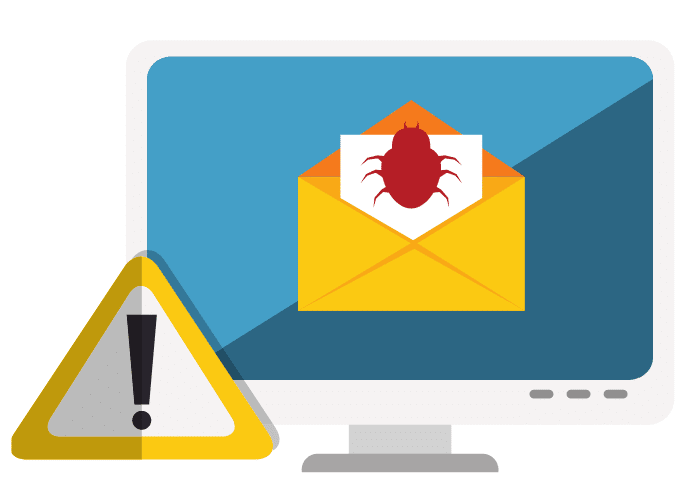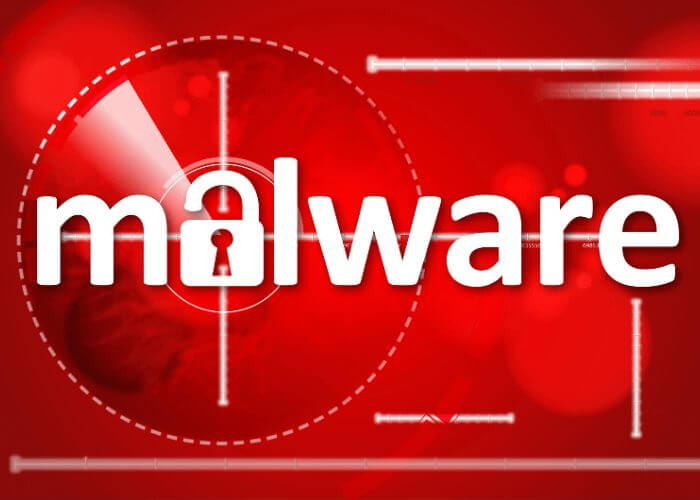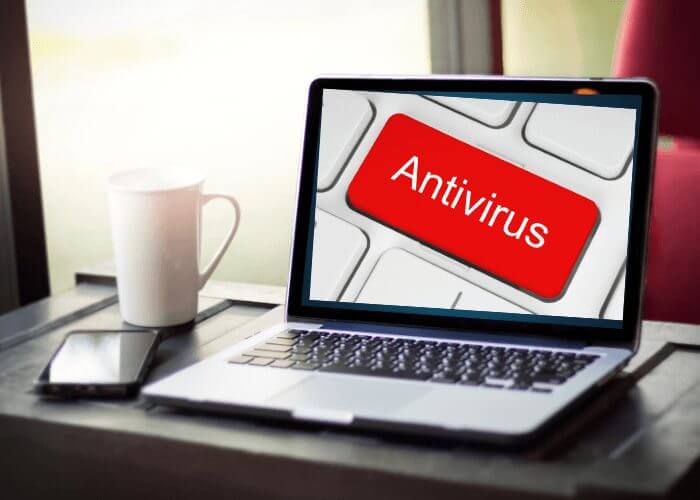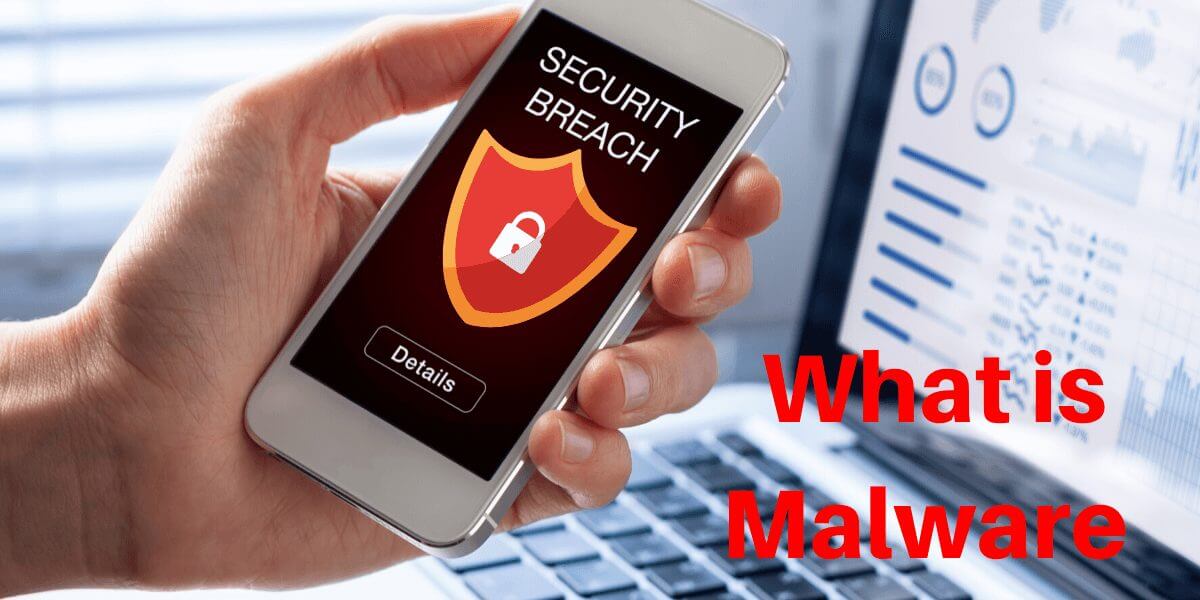What is Malware and How to Protect Yourself
Malware is malicious software, that encompasses a wide range of software designed to perform actions without the user’s knowledge or consent. From viruses and worms to Trojans, rootkits, spyware, and adware, malware comes in various forms, often with hostile intentions. In this article, we will explore easy ways to learn about malware protection and safeguard your digital life from potential threats.
In the ever-evolving digital world, safeguarding against malware is important. From BBWC malware to PDF Shark and Phonzy malware, the risks are real and demand attention. Choosing the right anti-malware solution, such as Wise Anti Malware, Webroot, or Microsoft Malware Protection Cop. Explore ATM malware card downloads and Symantec’s anti-malware software to fortify your defenses. Be cautious of mobile installer malware, PDF Shark malware, and other threats like Appurse and Nemucod malware. Discover the advantages of advanced malware protection, like Fortinet and Cisco threat intelligence. Compare tools like CBI Malwarebytes, CCleaner, PC Matic, and Total AV to make informed decisions. Stay protected with free iPhone malware scans and secure your digital journey.
What is Malware & How it Works

Malware is a contraction of malicious software. malicious software is known as the terms accurately describes the purpose of this type of software If we define malware to include any software that performs actions without the user’s knowledge or consent, this could include a large amount of software on the average system. It is also important to recognize that most malware is hostile in nature. Criminals use malware in a variety of ways to capture information about the victim. so has malware, from the annoying to the downright malicious.
Malware is a newer, blanket term, but the software types that it covers are far from new. Viruses and worms are some of the oldest forms of malicious software in existence. What has changed is the power of technology, the creativity of the designers, and the effect of new distribution methods, such as more-complex networks, peer-to-peer file sharing, always-on Internet connections, and other mechanisms that have come to the forefront over the years.
Read Also: Intranet vs Internet: What’s The Difference
What is Malware? Definition, Types, Prevention
Malware is an extremely broad term that blankets a range of software packages. We can say that malware is anything that steals resources, time, identity, or just about anything else while it is in operation. In order to understand what malware is, let’s look at the major types

- Viruses and Worms: Viruses and worms are among the oldest forms of malicious software. They replicate and attach themselves to other files, causing harm to a system. Worms, in particular, can quickly replicate on their own and have been responsible for devastating denial-of-service attacks.
- Trojan Horses: Trojan horses trick users into launching infected programs that appear legitimate. They rely on social-engineering techniques to cause harm while masquerading as genuine software.
- Rootkits: Modern rootkits can hide within a system’s core components, evading detection by conventional scanners. Their ability to remain undetected makes them especially dangerous.
- Spyware: Spyware stealthily gathers information about a user’s activities. Keyloggers, a common form of spyware, capture keystrokes and sensitive data.
- Adware: Adware may alter browsers’ home pages, display pop-up ads, or install items to promote products or services.
The Purpose and Creation of Malware
Various motivations drive the creation of malware, such as curiosity, hacktivism, or criminal activities. Over the years, malware has evolved to demonstrate different characteristics:

- In the mid-1970s, the Wabbit Virus showcased a change in tactics with its replication capabilities, overwhelming systems until they crashed.
- The Elk Cloner Virus, seen outside academia in 1982, spread rapidly and remained in a computer’s memory for further infection, a feature still prevalent in modern viruses.
- In 1986, the first PC-compatible virus introduced boot-sector infections, a technique widely adopted in subsequent viruses.
There are a number of reasons, such as curiosity, hacktivism, showing off, and many others that may or may not make sense to an outsider. As a pentester, you may find that creating a virus is Something you need to do in order to properly test defensive Systems. All viruses are not created equal. Each may be created, deployed, and activated in different ways, with drastically different goals in mind, for example:
In the mid-1970s, a new feature was introduced in the Wabbit Virus. This virus represented a change in tactics and demonstrated one of the features associated with modern-day viruses: replication. The virus replicated on the same computer over and Over again until the system was overrun and eventually crashed.
In 1982, the first virus seen outside academia debuted in the form of the Elk Cloner Virus. This piece of malware debuted another feature of later viruses-the ability to spread rapidly and remain in the computer’s memory to cause further infection, once a resident in memory, its infected floppy disks are placed into the system, as many later viruses would do. Nowadays, this virus would be spread across USB devices such as flash drives.
Four short years later, the first PC-compatible virus debuted. The viruses prior to this point were Apple II types or designed for specific research networks. In 1986, the first boot-sector viruses debuted, demonstrating a technique later seen on a much wider scale. This type of virus infected the boot sector of a drive and spread its infection when the system was going through its boot process.
There is a lot of antimalware software available like Bitdefender Malware Removal, Bitdefender anti-ransomware, Norton malware removal, Malware Removal Tool Windows 10, CISCO Advanced Malware Protection, Symantec endpoint protection Windows 10, McAfee for Mac, Malware Removal Tool Windows 7, Bitdefender malware, malware fighter, Check Malware Online, Sophos free antivirus, Antivirus for Android, Botnet Malware, Mobile Antivirus, etc.
Importance of Malware Protection
Understanding the risks associated with malware is vital to protect your digital assets and privacy. Utilizing reliable antimalware software is crucial in the fight against potential threats. Some popular tools include Bitdefender Malware Removal, Norton Malware Removal, and CISCO Advanced Malware Protection.

Cybersecurity is crucial in the digital age when computers are an essential part of our daily life. The presence of viruses that might jeopardize the security and integrity of the system is one of the most frequent threats experienced by computer users. System and boot sector infections stand out as being particularly concerning among these viruses.
System and Boot Sector Viruses
What is a System or Boot Sector Virus?
A system or boot sector virus is a type of malicious code designed to infect a computer’s master boot record (MBR) or system areas. By doing so, the virus manipulates the system’s boot sequence, enabling itself or other malicious code to load before the operating system. This stealthy infiltration grants the virus control over critical system functions.
How System and Boot Sector Viruses Infect
System and boot sector viruses primarily spread through infected external storage devices, such as USB drives or floppy disks, and email attachments. When users unknowingly execute an infected file, the virus gains access to the system, altering the MBR or system areas during the boot process.
Post-Infection Symptoms
Once a system or boot sector virus successfully infects a computer, several symptoms may manifest. These symptoms include startup problems, data retrieval issues, system instability, and an inability to detect hard drives.
Macro Viruses: A Dangerous Trend
Around the year 2000, macro viruses emerged, exploiting embedded languages like Visual Basic for Applications (VBA) in Microsoft Excel and Word. These viruses can automate functions and create new processes, leading to security breaches and data theft.
Cluster Viruses: Manipulating File-Allocation Tables
Cluster viruses manipulate file-allocation tables, redirecting file entries to the virus rather than the actual file. This allows the virus to run before the legitimate file, causing potential harm.
Stealth Viruses: Masters of Deception
Stealth viruses employ deceptive techniques, intercepting OS calls and providing false responses to avoid detection by security systems.
Encryption Viruses: The Elusive Threat
Encryption viruses constantly change their program code, making it difficult for antivirus software to detect them. They encrypt and decrypt themselves multiple times during replication, adding to their elusiveness.
Cavity Viruses: Hiding in Plain Sight
Cavity viruses conceal themselves within host files without altering the host file’s appearance, making them challenging to identify.
Sparse-Infector Viruses: Striking Sporadically
Sparse-infector viruses infect files only sporadically or target specific file attributes, evading regular detection methods.
Companion Viruses: The Camouflage Experts
Companion viruses take advantage of OS features, using files with similar names but different extensions to operate with different priorities. This clever disguise helps them remain undetected.
Logic Bombs: Waiting for the Right Moment
Logic bombs remain dormant until triggered by a specific event or action, leading to potentially devastating consequences once activated.
The Impact of System and Boot Sector Viruses
The presence of system and boot sector viruses poses significant threats to individual users, organizations, and even national security. Data breaches, system crashes, and unauthorized access to sensitive information are some of the potential consequences.
Protecting Against System and Boot Sector Viruses
Prevention is the best defense against system and boot sector viruses. Regularly updating antivirus software, exercising caution when opening email attachments, and refraining from using unknown external storage devices are essential preventive measures.
Easy Ways to Protect Against Malware
To safeguard your digital environment, consider these easy and effective measures:
- Keep Software Up to Date: Regularly update operating systems, applications, and security software to patch vulnerabilities.
- Use Strong Passwords and Two-Factor Authentication: Implement strong passwords and enable two-factor authentication whenever possible.
- Avoid Suspicious Websites and Links: Refrain from clicking on unknown or suspicious links and avoid downloading files from untrusted sources.
- Be Cautious with Email Attachments: Exercise caution while opening email attachments, especially from unfamiliar senders.
- Regular Data Backups: Perform regular backups of your essential data to ensure it can be restored in case of a malware attack.
Conclusion
In today’s digital world, where cyber threats are prevalent, understanding malware protection is essential for safeguarding your data and privacy. By staying informed, using reliable antimalware tools, and following basic cybersecurity practices, you can protect yourself from potential malware attacks.
Please Forward this Warning to Friends, Family, and Contacts:
Do not open any message with an attached file called “Invitation regardless of who sent it. It is a virus that opens an Olympic Torch, which “burns” the whole hard disk C of your computer. This virus will be received from someone who has your email address in his/her contact list. That is why you should send this email to all your contacts. It is better to receive this message 25 times than to receive the virus and open it. If you receive an email called “Invitation- “SEND THIS E-MAIL TO EVERYONE YOU KNOW, COPY THIS E-MAIL AND SEND IT TO YOUR FRIENDS AND REMEMBER: IF YOU SEND IT TO THEM, YOU WILL BENEFIT OF US.” though sent by a friend, do not open it and shut down your computer immediately.
This is the worst virus announced by CNN; it has been classified by Microsoft as the most destructive virus ever. This virus was discovered by McAfee, and there is no repair yet for this kind of virus. This virus simply destroys the Zero Sector of the Hard Disk or zero-day malware, where the vital information is kept.
Nowadays many useful tools are available to remove malware and many users search online like Best Free Malware Removal, Malware Scanner, windows malware Removal tool, Symantec Endpoint Protection 14.2, malware protection for Mac, How to Remove Malware, How to Check for Malware on Android, Malware Analysis Online, Best Free Anti Malware, also check for There are many alternative tools available in the market like windows malicious software removal tool, good antivirus for mac, Symantec endpoint protection cloud, Best Malware Protection, anti-malware mac, malicious software removal tool windows 10, etc
FAQs
Q: What is malware?
A: Malware is malicious software designed to perform actions without the user’s knowledge or consent.
Q: What are some common types of malware?
A: Common types of malware include viruses, worms, trojan horses, rootkits, spyware, and adware.
Q: How can I protect against malware?
A: You can protect against malware by using reliable antimalware software, keeping your software up to date, using strong passwords, being cautious with email attachments, and avoiding suspicious websites and links.
Q: What are the risks associated with malware?
A: Malware can steal sensitive information, cause system crashes, slow down your computer, and lead to financial losses.
Q: What should I do if I suspect malware on my system?
A: If you suspect malware on your system, run a full system scan with your antimalware software and follow its recommendations for removal.
Related tags: bbwc malware, wise anti malware, atm malware card download, Microsoft malware protection cop, anti malware software developed by Symantec, is mobile installer malware, pdf shark malware, phonzy malware, traffic factory biz malware, Winzip malware protecto, appurse malware, nemucod malware, advanced malware protection uses which cisco threat intelligence, Fortinet advanced malware protection, cbi Malwarebytes, webroot vs Malwarebytes, Malwarebytes vs webroot, ccleaner vs Malwarebytes, pc matic vs Malwarebytes, total av vs Malwarebytes, hitman pro vs Malwarebytes, Malwarebytes buy key, free iPhone malware scan.
